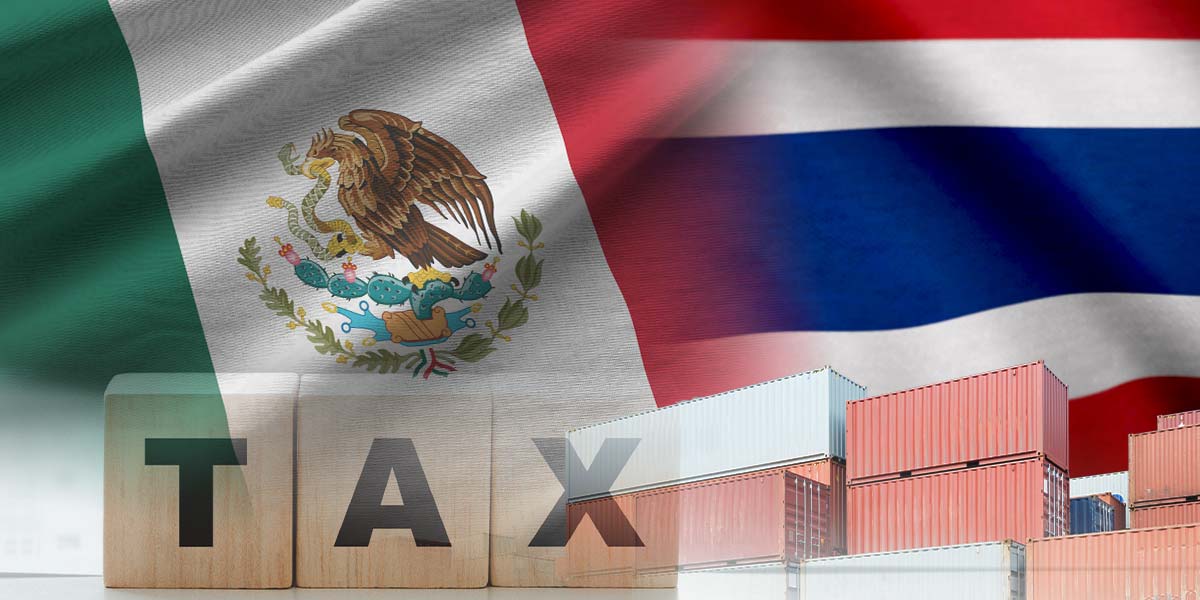On Thursday, Mexico announces that it is planning to impose high tariff rates on products from China and other Asian countries, including South Korea and India, while its president, Claudia Sheinbaum, prepares to attend a meeting with delegates from the U.S. and Canada regarding the United States-Mexico-Canada Agreement (USMCA).
Mexico Economy Minister, Marcelo Ebrard, stated that the measure will cover more than 1,400 categories of imported products, such as textiles, steel, vehicles, and its components. Their tariff rates would also range from 10% to 50%, depending on the categories. However, it needs approval from the nation’s congress first.
Ebrard added that Mexico will impose the highest tariff rate that the World Trade Organization (WTO) permits to protect its job industry. This is due to the fact that products’ prices from some countries are lower than the standard prices, preventing the nation from competing.
Currently, Mexico has become the market hub for China’s export vehicles. This development complicates its relationship with the U.S., especially when its president, Donald Trump, continues to target Chinese trading. Although this move seems to align with the U.S.’ political direction, it is likely to trigger another trade conflict between nations.
The new tariff measure, however, will not affect the U.S. and Canada due to the free trade agreement, USMCA, that they made with Mexico. Furthermore, both nations also imposed measures that block China’s vehicles from entering their markets in recent years.
Nonetheless, this measure will affect countries that did not have trade deals with Mexico. Therefore, besides China, South Korea and India, it will also affect Indonesia, Russia, Thailand and Turkey, according to Ebrard’s note in a document.
According to Thailand’s Trade Statistic website, in 2024, Thailand exported products worth a total of USD 4.42 billion to Mexico, with electrical equipment having the highest export value. The other following top categories are vehicle, machinery, rubbers, and plastics.





